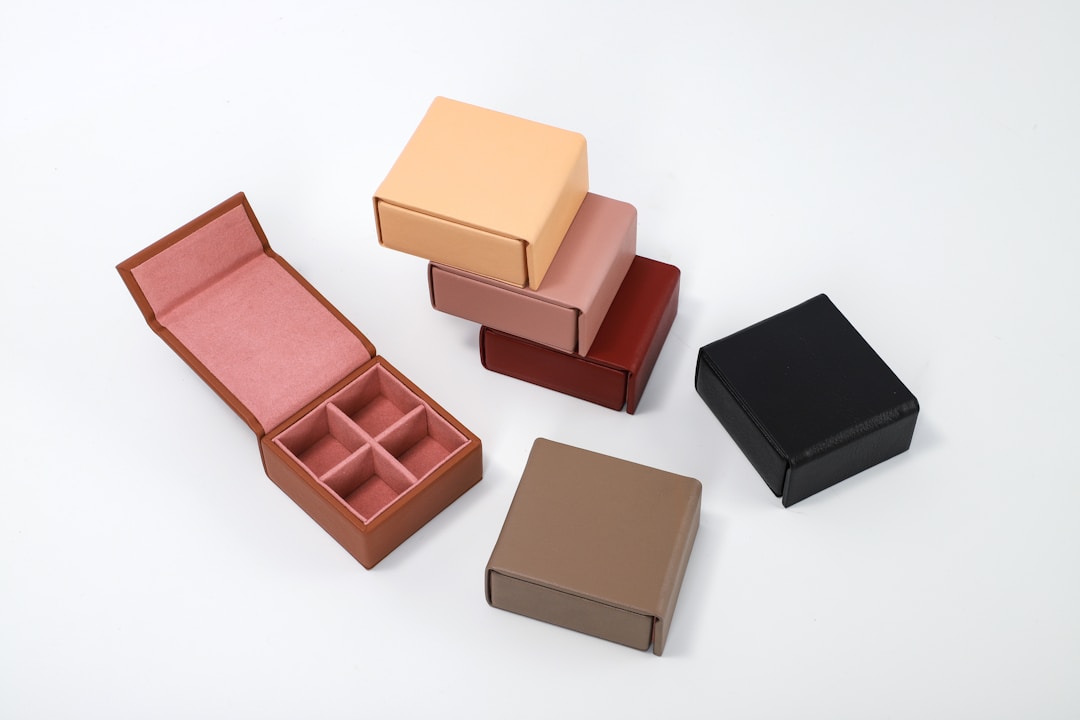In an increasingly digital world, the physical transactional component of e-commerce—packaging—offered businesses an opportunity to innovate and redefine the online shopping experience. As the first tangible touchpoint for customers, packaging plays a vital role in brand storytelling, unboxing experiences, and ensuring the safe delivery of products. Furthermore, growing concerns over environmental impact have put sustainability in packaging at the forefront. Below, we delve into the trends, developments, and major innovations that are revolutionizing the e-commerce packaging industry.
Aesthetics and Unboxing Experiences
In the e-commerce retail environment where personal contact and experience are quite limited, packaging becomes a pivotal component of the user experience. Companies now put a considerable emphasis on aesthetic presentations and “Instagrammable” unboxing experiences. Packaging is not just for product protection anymore—it’s about creating a memorable, shareable moment that resonates with the end customer. Premium packaging elements like artistic illustrations, high-quality materials, or unique opening mechanisms can leave an indelible impression on buyers.
The popularity of small screw top containers in cosmetic and beauty industries stems from a need for compact, efficient, aesthetic, and functional packaging. This growing trend highlights the increasing importance of aesthetic packaging in enhancing the holistic user experience. Creating an aesthetic appeal shouldn’t come at the expense of convenience. The packaging should be easy to open, with contents readily accessible. Ideally, the package should also include clear instructions for returning items, should the need arise. This fusion of aesthetics and practicality elevates unboxing from a routine task to an enjoyable, memorable event.
Packaging Personalization

Personalization has been a game-changer in digital marketing, and now it’s making inroads into e-commerce packaging. Leveraging data-driven technology, businesses can create highly personalized packaging based on their customers’ purchasing habits, preferences, and profiles. Such personal touches can range from simple name printing on the package to bespoke designs and colors tailored to the recipient’s tastes. This level of personalization fosters a deep connection between the brand and its customers, thereby enhancing loyalty and retention.
Moreover, personalization doesn’t stop at the external look and feel of the package. It also extends to the addition of personalized notes, coupons, or gifts inside the package. These gestures, although small, can significantly enhance the overall shopping experience. Brands can add notes thanking customers for their purchases or include a discount coupon for their next order. Such strategies go a long way in building a strong customer-brand relationship and reinforcing brand loyalty.
Sustainability in Packaging
With the increase in online shopping, the amount of packaging waste has also significantly gone up, raising serious environmental concerns. Hence, sustainable packaging solutions are rapidly becoming a top priority for businesses globally. Consumers are more environmentally aware than ever before and want to support companies that align with their values and take substantial steps to reduce carbon footprints.
Eco-friendly packaging involves a myriad of strategies: use of recycled or biodegradable materials, minimal use of dyes, use of plant-based inks, and reducing the size of the packaging to avoid waste. By reducing, reusing, and recycling, companies are not only contributing to a more sustainable environment but also increasing brand favorability. Consumers today are more likely to associate with brands that invest in sustainable practices.
In addition, sustainability promotes cost-efficiency. Companies like Earthwise Packaging that shift towards sustainable packaging materials, such as cardboard, recycled plastics, or cornstarch can save significantly on packaging costs. Furthermore, lighter packaging contributes to lower shipping costs. Thus, businesses operating sustainably can enjoy profit margins and make significant contributions to environmental conservation at the same time.
Smart Packaging
Advancements in technology are propelling dynamic changes in packaging. Smart packaging, a blanket term covering mechanisms like augmented reality (AR), RFID tags, and QR codes, is gaining prominence for its ability to create interactive, engaging customer experiences. Each technology offers distinctive benefits—AR can provide immersive experiences and detailed product information, RFID tags can make inventory management seamless, while QR codes may provide discounts or hidden content.
Smart packaging not only charms consumers physically but also digitally. For instance, leveraging AR in packaging allows consumers to “try before they buy” or access in-depth information about products and nutritional facts. These virtual experiences resonate particularly well with Gen Z and millennial consumers, who value technology integration in every aspect of their lives.
Protection and Efficiency
Product protection is the fundamental objective of packaging. Regardless of aesthetic appeal or personalization, packaging fails if the product arrives in poor condition. Therefore, the product’s safe transportation to its destination is paramount—a challenging task given the multiple handling stages, climate variations, and other damaging factors associated with the shipping process.
To ensure sufficient protection, companies can invest in effective padding materials, shock-resistant containers, humidity control elements, and other protective supplies. Therefore, the choice of packaging materials plays a significant role in product protection. For instance, companies are switching from traditional bulkier packaging to air cushions, which provide the same level of protection but with less packaging material, leading to cost and waste reduction.
Besides, with the widespread use of automated sorting technology, e-commerce packaging must align with these technologies. Packaging should be designed in a manner that enables smooth interaction with these automated systems, minimizing jams or mis-sorts. By ensuring the protection and efficiency of operations, businesses can ensure customer satisfaction and bottom-line results.
Consumer Convenience
Convenience is a key aspect of the online shopping experience, and packaging significantly influences this. Easy-to-open packages, resealable closures, simple return procedures, and the use of lightweight, portable materials all contribute to the overall easiness and comfort of the shopping experience.
Moreover, the overall size of the package plays a crucial role in consumer convenience. Bulky or excessively large packages for small items can be a significant annoyance to customers besides being environmentally irresponsible. Category leaders are keenly adopting right-sized packaging, using the minimum amount of material needed to protect the product inside without sacrificing branding or presentation elements.
To this end, many brands are using innovative solutions. The aforementioned screw top container with the shrink sleeve label combines portability, ease of access, and product safety neatly into one single package.
Customizable Packaging

Customizable packaging offers businesses an avenue to stand out from the crowd. In today’s crowded e-commerce landscape, having a unique, easily recognizable package can be a crucial differentiator and a path to forging strong customer connections. Customization can encompass a wide array of elements: shapes, sizes, color schemes, typographies, logos, and even textures. All these elements, when used creatively and strategically, can strengthen the brand’s visibility and appeal.
Plus, customizable packaging doesn’t only mean external branding. Inside the box, businesses can offer custom-printed tissue paper, branded stickers, bespoke fillers, and personalized notes. Again, it’s about creating a memorable unboxing experience that brings the physical retail experience to consumers, fostering deep emotional connections. Usually, larger businesses have been able to leverage customization more due to economies of scale. Still, with advancements in digital printing technologies, customization is becoming accessible to smaller businesses too.
Overall, the world of e-commerce packaging is dynamic, innovative, and exciting. Packaging is no longer a mere necessity; it’s a strategic tool in creating company identity, delivering unforgettable customer experiences, and promoting sustainability. Packaging evolution continues to sustain the e-commerce growth story, and these trends are just the beginning of what’s to come.




